Telescope You Can Take Pictures With ?
A telescope that can take pictures is called an astronomical camera or astrophotography camera. These cameras are designed to capture images of celestial objects such as stars, planets, galaxies, and nebulae. They are typically attached to the telescope's eyepiece or focuser and use long exposure times to capture the faint light emitted by these objects.
Astrophotography cameras come in different types, including CCD (charge-coupled device) and CMOS (complementary metal-oxide-semiconductor) cameras. CCD cameras are more sensitive and produce higher quality images, but they are also more expensive. CMOS cameras are more affordable and offer faster frame rates, making them ideal for capturing video of celestial events such as meteor showers.
To use an astrophotography camera, the telescope must be properly aligned and focused on the desired object. The camera is then attached and set up to capture the image. The resulting images can be processed and enhanced using specialized software to bring out details and colors that are not visible to the naked eye.
1、 Astrophotography
Astrophotography is the art of capturing images of celestial objects using specialized equipment such as telescopes, cameras, and mounts. A telescope you can take pictures with is an essential tool for astrophotography. These telescopes are designed to capture high-quality images of the night sky, allowing astronomers and enthusiasts to study and appreciate the beauty of the universe.
The latest point of view in astrophotography is the use of advanced technology to capture even more detailed and stunning images of the cosmos. With the advent of digital cameras and computerized mounts, astrophotographers can now capture images with greater precision and accuracy than ever before. Additionally, new software tools allow for the processing and enhancement of images, revealing details that were previously hidden.
One of the most popular telescopes for astrophotography is the Celestron NexStar 8SE. This telescope features an 8-inch aperture and a computerized mount that can track celestial objects with precision. It also comes with a built-in camera that allows for easy image capture and processing.
Overall, astrophotography is an exciting and rapidly evolving field that allows us to explore and appreciate the wonders of the universe. With the latest technology and equipment, we can capture stunning images that reveal the beauty and complexity of the cosmos.
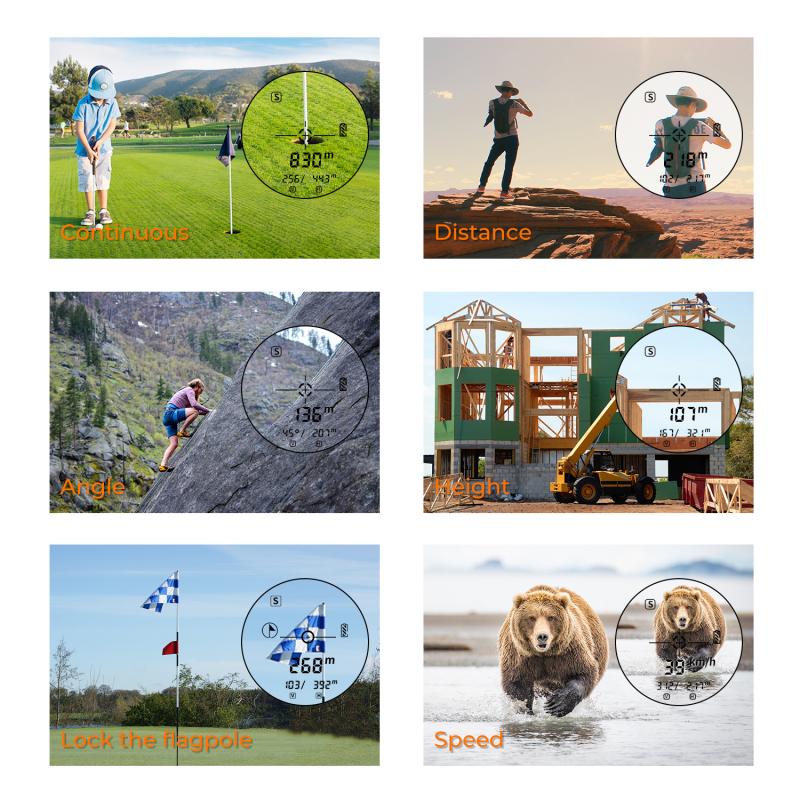
2、 CCD Imaging
A telescope you can take pictures with is commonly referred to as a CCD imaging telescope. CCD stands for Charge-Coupled Device, which is a type of digital camera sensor that is commonly used in astrophotography. CCD imaging telescopes are designed to capture high-quality images of celestial objects such as planets, galaxies, and nebulae.
CCD imaging telescopes are equipped with a digital camera that captures images of the night sky. The camera sensor is sensitive to light and can capture images of faint objects that are not visible to the naked eye. The images captured by the CCD camera can be processed using specialized software to enhance the details and colors of the celestial objects.
In recent years, CCD imaging telescopes have become more popular among amateur astronomers due to the availability of affordable and high-quality equipment. With the advancements in technology, CCD cameras have become more sensitive and can capture images with higher resolution and better color accuracy.
CCD imaging telescopes are also used by professional astronomers to study the universe. They are used to capture images of distant galaxies and to study the properties of stars and planets. The images captured by CCD imaging telescopes are used to create stunning visualizations of the universe and to advance our understanding of the cosmos.
In conclusion, a CCD imaging telescope is a powerful tool for capturing high-quality images of the night sky. With the latest advancements in technology, CCD cameras have become more sensitive and can capture images with higher resolution and better color accuracy. Whether you are an amateur astronomer or a professional researcher, a CCD imaging telescope is an essential tool for studying the universe.
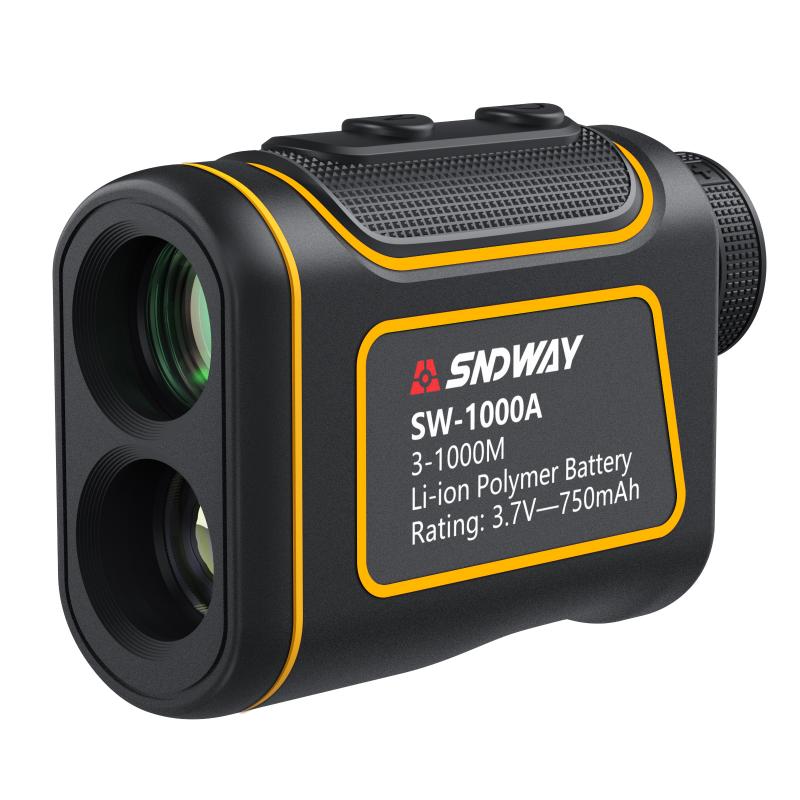
3、 Digital Camera Adaptation
Digital Camera Adaptation is a method of attaching a digital camera to a telescope to capture images of celestial objects. This technique has become increasingly popular among amateur astronomers and astrophotographers in recent years. By using a digital camera, it is possible to capture high-quality images of the night sky without the need for expensive and complex equipment.
One of the main advantages of using a digital camera adaptation is that it allows for greater flexibility and control over the imaging process. With a digital camera, it is possible to adjust settings such as exposure time, ISO, and aperture to capture the best possible image. Additionally, digital cameras can be used to capture video footage of celestial objects, which can be useful for studying their movements and behavior.
Another advantage of using a digital camera adaptation is that it is relatively inexpensive compared to other astrophotography techniques. While specialized astrophotography equipment can cost thousands of dollars, a digital camera adaptation can be put together for a few hundred dollars or less.
Overall, a digital camera adaptation is a great way for amateur astronomers and astrophotographers to capture stunning images of the night sky. With the latest advancements in digital camera technology, it is easier than ever to capture high-quality images of celestial objects from the comfort of your own backyard.
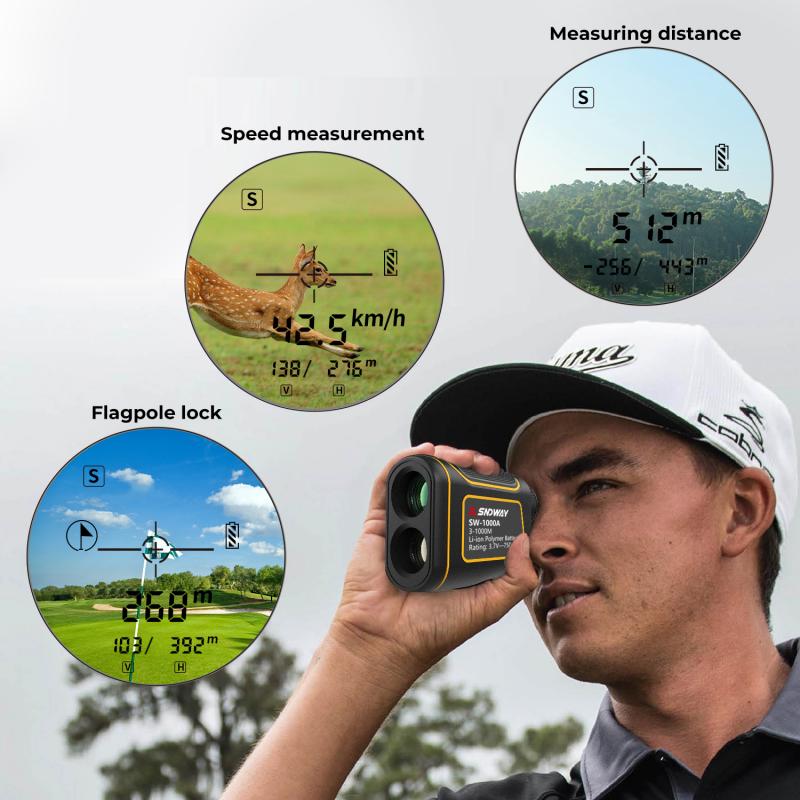
4、 Image Processing
"Telescope you can take pictures with" is a term used to describe a type of telescope that is equipped with a camera or imaging system that allows users to capture images of celestial objects. These telescopes are becoming increasingly popular among amateur astronomers and astrophotographers, as they offer a convenient and affordable way to capture stunning images of the night sky.
Image processing is an essential part of using a telescope you can take pictures with. After capturing an image, it is often necessary to process it to enhance its quality and reveal details that may not be visible in the original image. This can involve adjusting the brightness, contrast, and color balance of the image, as well as removing noise and other artifacts.
One of the latest developments in image processing for telescopes is the use of artificial intelligence (AI) algorithms. These algorithms can be trained to recognize and remove various types of noise and artifacts from astronomical images, resulting in cleaner and more detailed images. AI can also be used to automatically identify and classify celestial objects in images, making it easier for astronomers to study and catalog the objects they observe.
Overall, the combination of a telescope you can take pictures with and advanced image processing techniques is opening up new opportunities for amateur astronomers and astrophotographers to explore and capture the wonders of the universe.
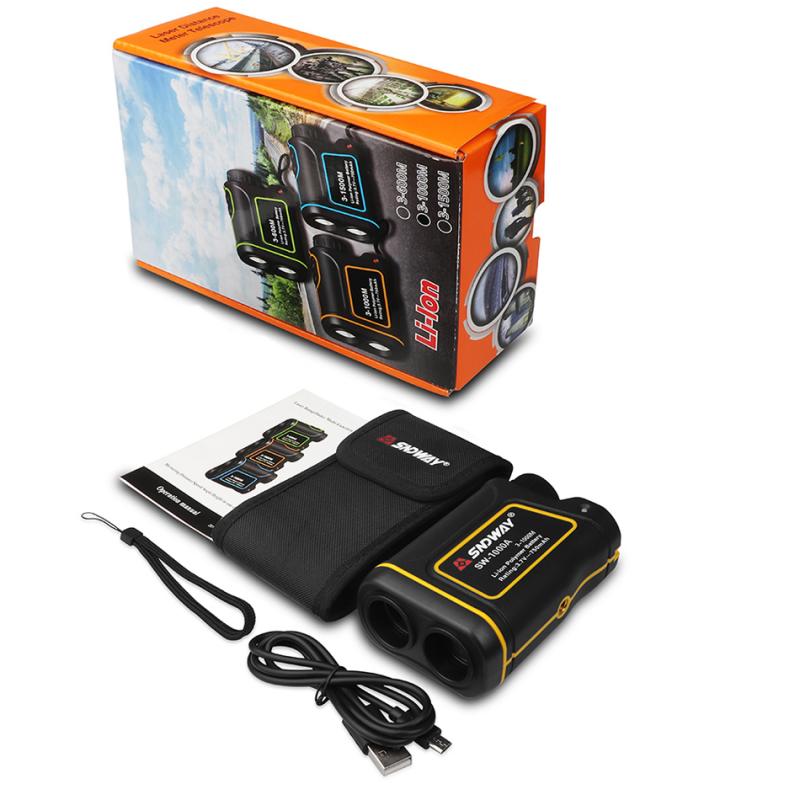







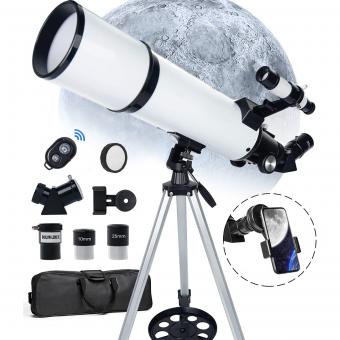
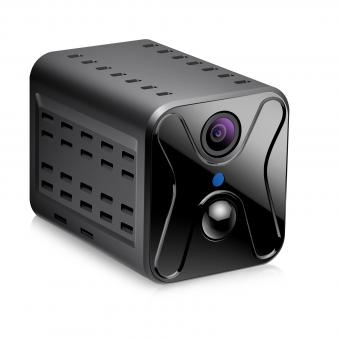







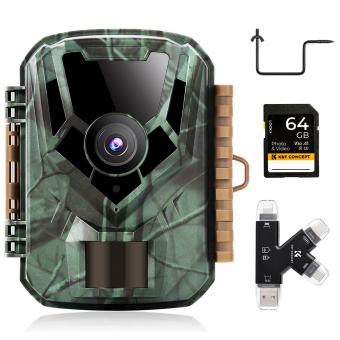

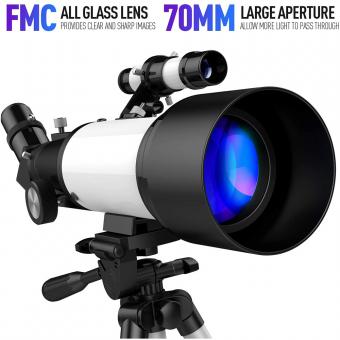




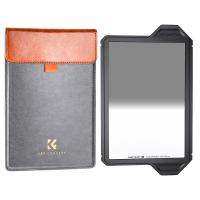
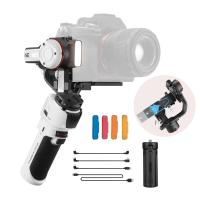
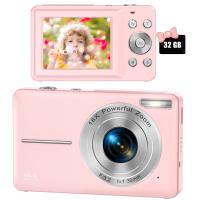





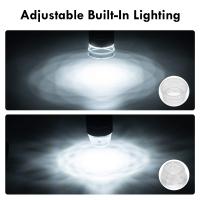
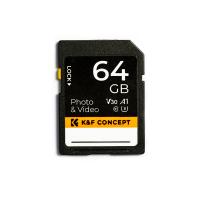

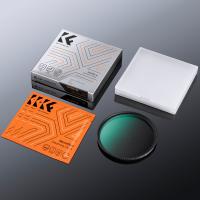


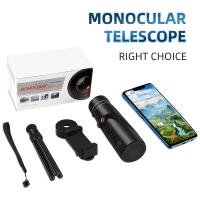


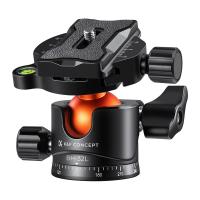
There are no comments for this blog.